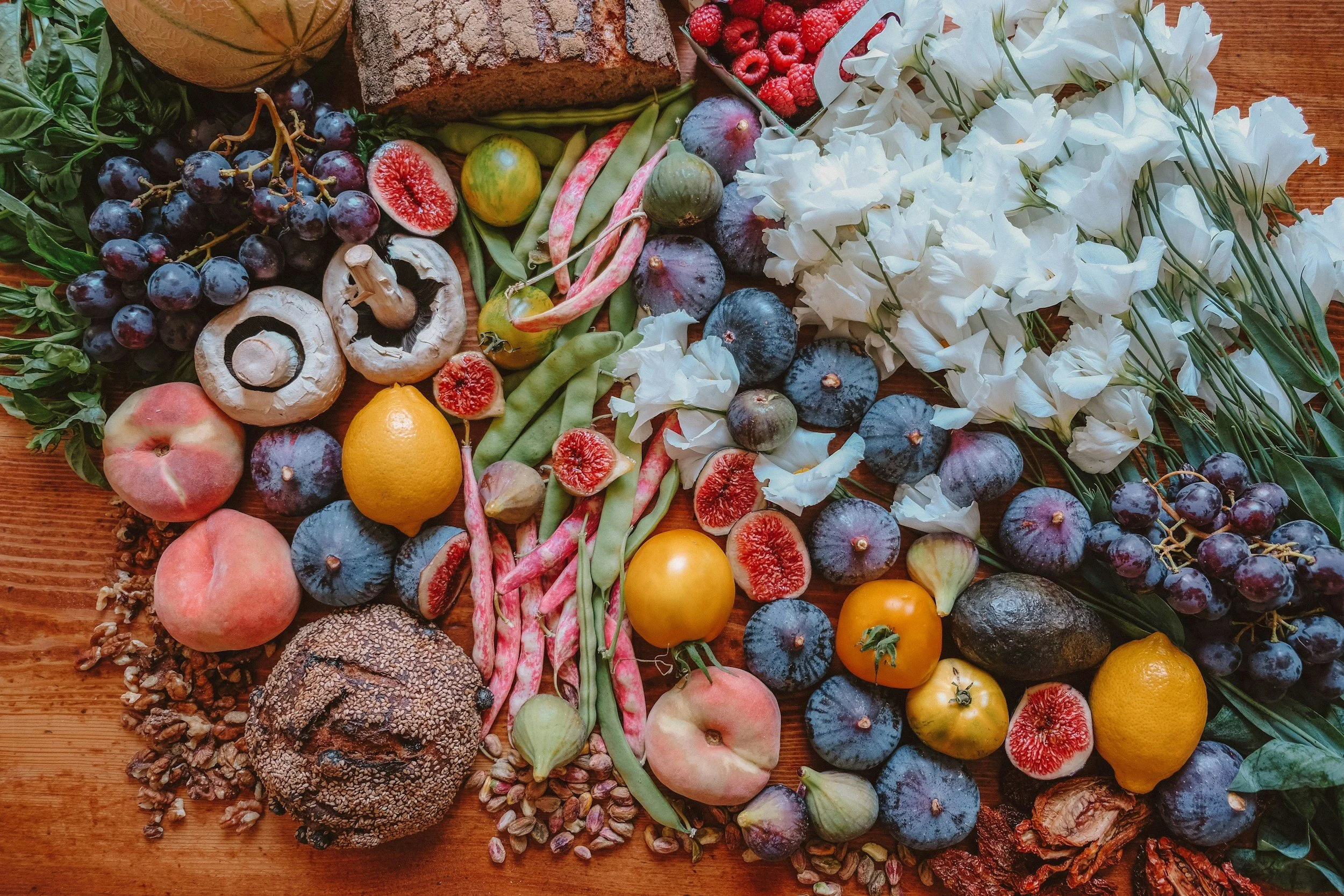Ama: The Root Cause of Digestive Stress
Ayurvedically speaking, the question one should be asking when evaluating food choices is not how many calories, grams of fat, or particular nutrients a food has (or how good it’s going to taste).
Instead, the question one should be asking is, “Can I digest this at this given moment?” regardless of what food it is. A banana, a bowl of pasta, a bag of chips or a gourmet organic vegan pizza, it doesn’t matter. Even healthy and wholesome food won’t have the intended effect on the body if it can’t be digested.
This is because food that can’t be fully digested—meaning either turned into nutrients for use in the body (sara) or into waste to be eliminated by the body (kitta)—turns into āma.
Āma is often translated as “toxins,” but the classical definition is actually “insufficiently or improperly digested material.” Just the fact that it is not digested and therefore sticks around in the body, makes it problematic in Ayurveda. It doesn’t need the label of “toxins” to relay a sense of urgency.
Either way, āma, usually compounded by quantity and time, can create a whole host of problems, ranging from the uncomfortable to the severe, especially when combined with any doshas already acting up. One sign of it is fever, especially when frequent. But the symptoms are many and vary depending on the individual.
The good news is that Ayurveda enumerates specific causes of āma as well as methods for “cooking” it (and thereby getting rid of it). Incorporating these can help minimize the āma load in the body and relieve many symptoms that people tend to just get used to. (ie morning mucus, gas and bloating, diarrhea or constipation, acid reflux, etc.) This, in turn, helps prevent disease in the long run.
It may be helpful to first look at what causes āma, since this is the first step in avoiding its accumulation and compounded effect.
Excess Quantity of Food
Arguably the fastest way to accumulate āma in the body is to eat an excess quantity of food. It makes sense if you think of āma according to its definition. If you eat too much, your body is unable to fully assimilate or eliminate it, leading to problems both immediately and potentially down the line.
According to a well-known saying of the Prophet Muhammad (ص): “The son of Adam (ie people) cannot fill a vessel worse than his stomach, as it is enough for him to take a few bites to straighten his back. If he cannot do it, then he may fill it with a third for food, a third for drink and a third for breath.” (Sunan al Tirmidhi 2380).
While studying Ayurveda, I ran across a very similar line from one of the founders of the science. Charaka in his Vimanasthana Chapter 2, entitled “Specific Characteristics of Stomach Capacity”, writes:
“For the purpose of taking food, the stomach capacity should be divided into three parts: one part should be filled with solid food, the second part with liquids and the third part should be left for vāta, pitta, and kapha.”
It was amazing to see the universal nature of this wisdom across the two traditions. Although in Islam, the “rules” of health maintenance are not always as clearly spelled out as they are in Ayurveda, applying the Sunnah and Hadith of the Prophet (ص) to daily life will actually produce the same benefits. For example, following the rule of 1/3 is an excellent way to prevent the accumulation of āma.
Stacked Meals
Eating again before one’s previous meal has been digested is another way to overload the digestive system and accumulate āma.
The Ayurvedic classics describe what are known as jirna ahara lakshanas, signs of complete digestion. These include clear belching (so basically no taste of the previous meal coming up) as well as a sense of lightness. Eating for the sake of eating or eating to prevent inevitable hunger (instead of just waiting for the hunger to arrive) are, therefore, problematic when it comes to āma.
Sushruta writes: “If this sticky, undigested material (āma) is further added with other similar materials (ie food), then this produces injurious effects. This is like the analogy of adding warm milk to curdled milk, both of which get spoiled. Therefore, a wise person, with a view to protecting his strength and life, should avoid taking food if the night meal is not digested.”
Agni’s best friend is regularity, so eating meals at the same time every day and not eating in between (especially after the night meal!) is a way to keep things running smoothly.
Emotional Eating
Another factor to consider in terms of āma is one’s emotional state while eating. While “good food, good mood” is definitely true, so too is “good mood, good food.”
Charaka writes:
“Wholesome food taken even in proper quantity do not get properly digested when the individual is afflicted with grief, fear, anger, sorrow, excessive sleep or excessive wake.” (Cha Vi 2/9)
In this same verse, Charaka also cites passion, greed, confusion, envy, shame and anxiety as equally problematic states in which to eat. None of these allow for adequate digestion to occur. (Your body has to digest something else first!)
People should, therefore, eat in a neutral or positive emotional state. It was in the Sunnah of the Prophet (ص) as well to not discuss important matters during meals, presumably to avoid strong emotions that could potentially distract from the meal.
There are several other useful ways to prevent āma from forming, but it’s important not to try to overhaul your life all at once. Ayurveda is a long-term health plan that takes years to integrate and is best introduced methodically. Focusing on just these three aspects of your eating habits can already be remarkably effective at improving your digestion, energy and mood.

